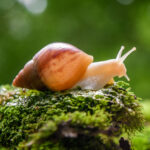In every lovely garden, there live lovely creatures. Sure, most people wouldn’t find loveliness in critters like slugs and snails. Despite their proven reputation of treating gardens like their personal buffets, I have always been fascinated by them. Let’s face it, they are cute creatures. The leisurely way they move about, the cartoon-like features… there’s something special about them. That being said, they are a pain and can be detrimental to your job site. This article will provide you with some tips on how to keep them away from your plants without harming them.
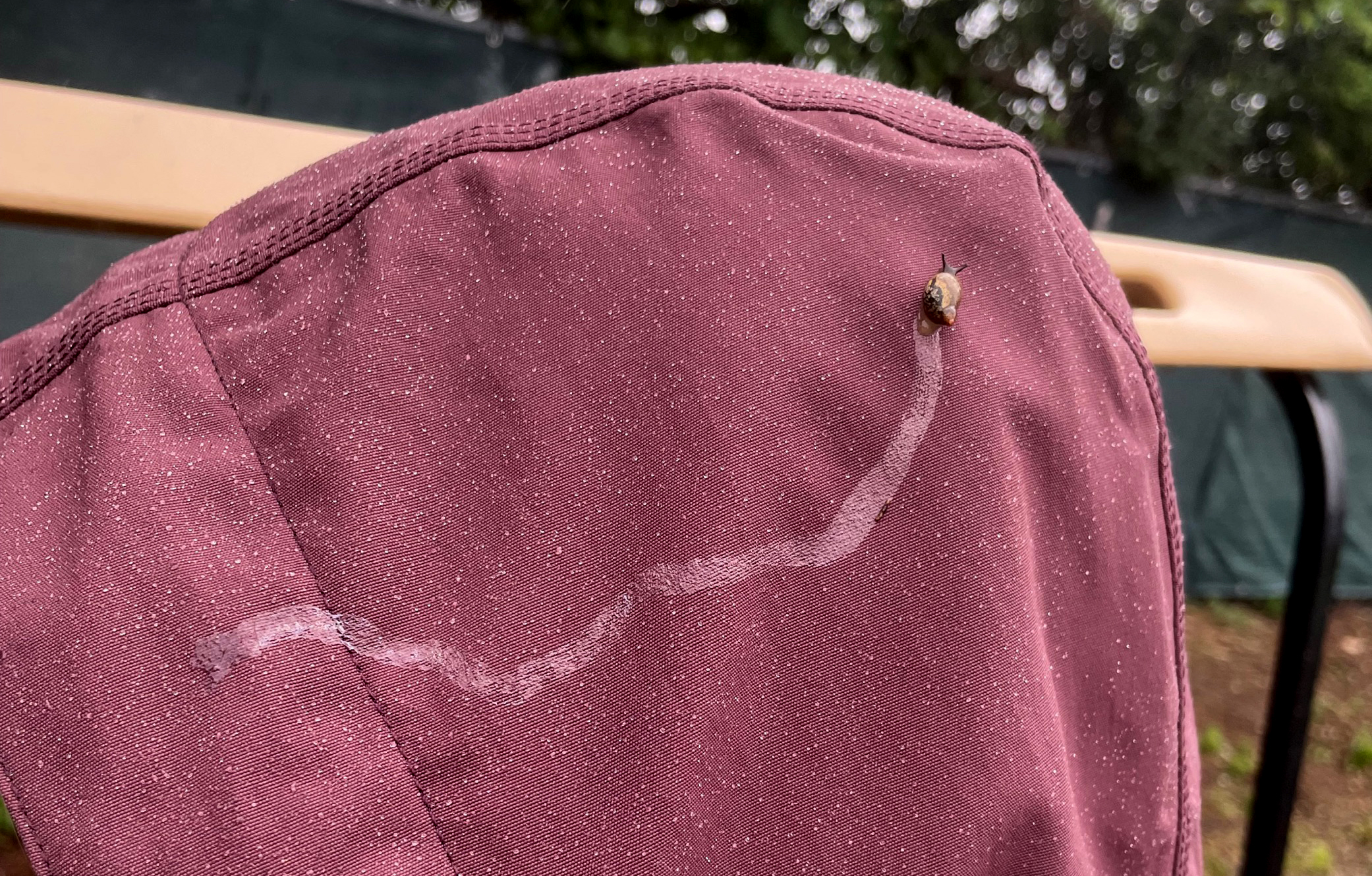
Slugs and snails are part of the Gastropoda, combination of Greek words gastros (stomach) and podos (feet), under the phylum mollusca (mollusk). Is there a difference between the two? Aside from the obvious shell that differentiates them, not much. Snails tend to be slightly faster than slugs, but other than that, they are quite similar and will eat as much as the other.
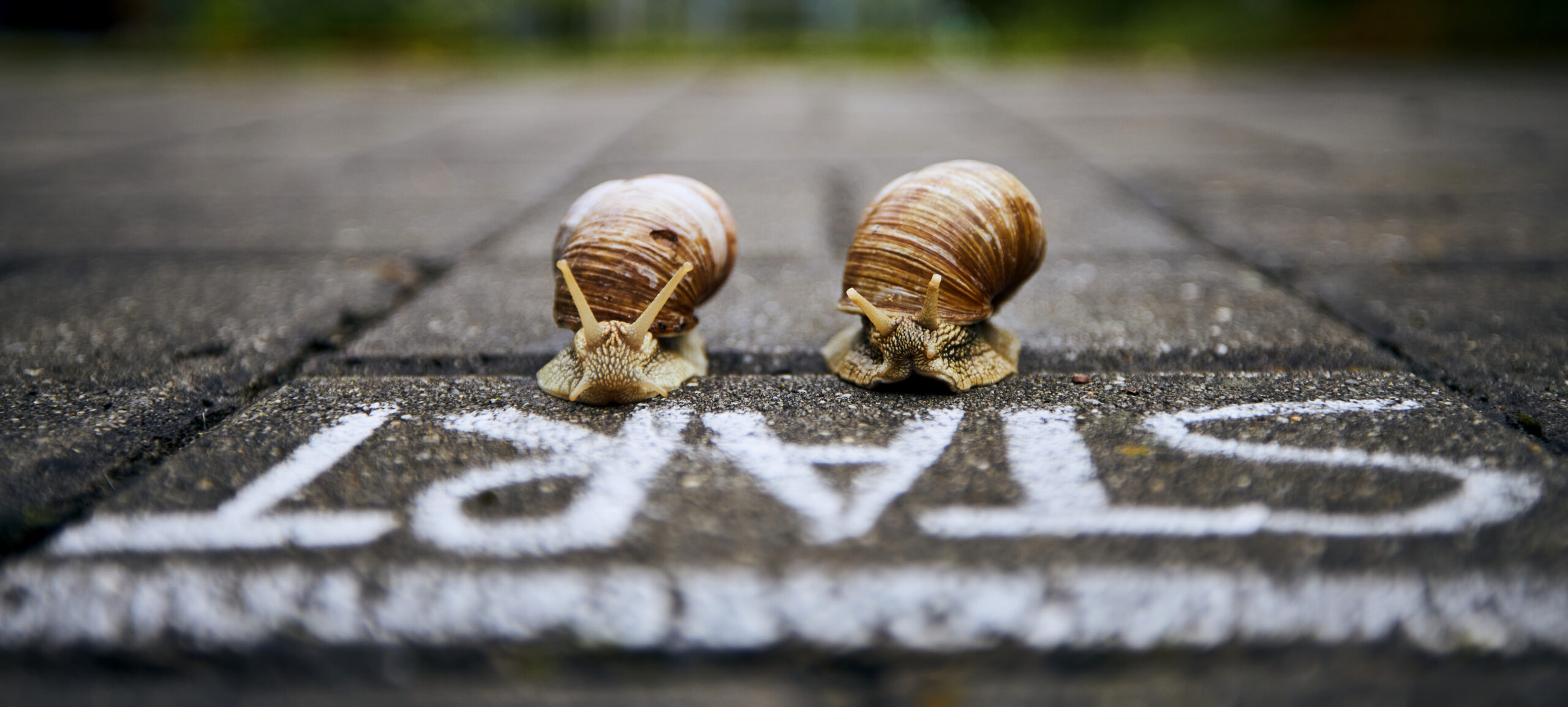
While they are notorious garden menaces, they are also helping your landscape as well as feasting on it. Slowly but surely, slugs/snails will break down garden debris and turn it into nitrogen rich fertilizer that enhances soil nutrition (similar to worm composting). Not to mention, albeit a bit morbid, they are a natural food source for other insects and critters such as spiders, birds, frogs, snakes, and toads.
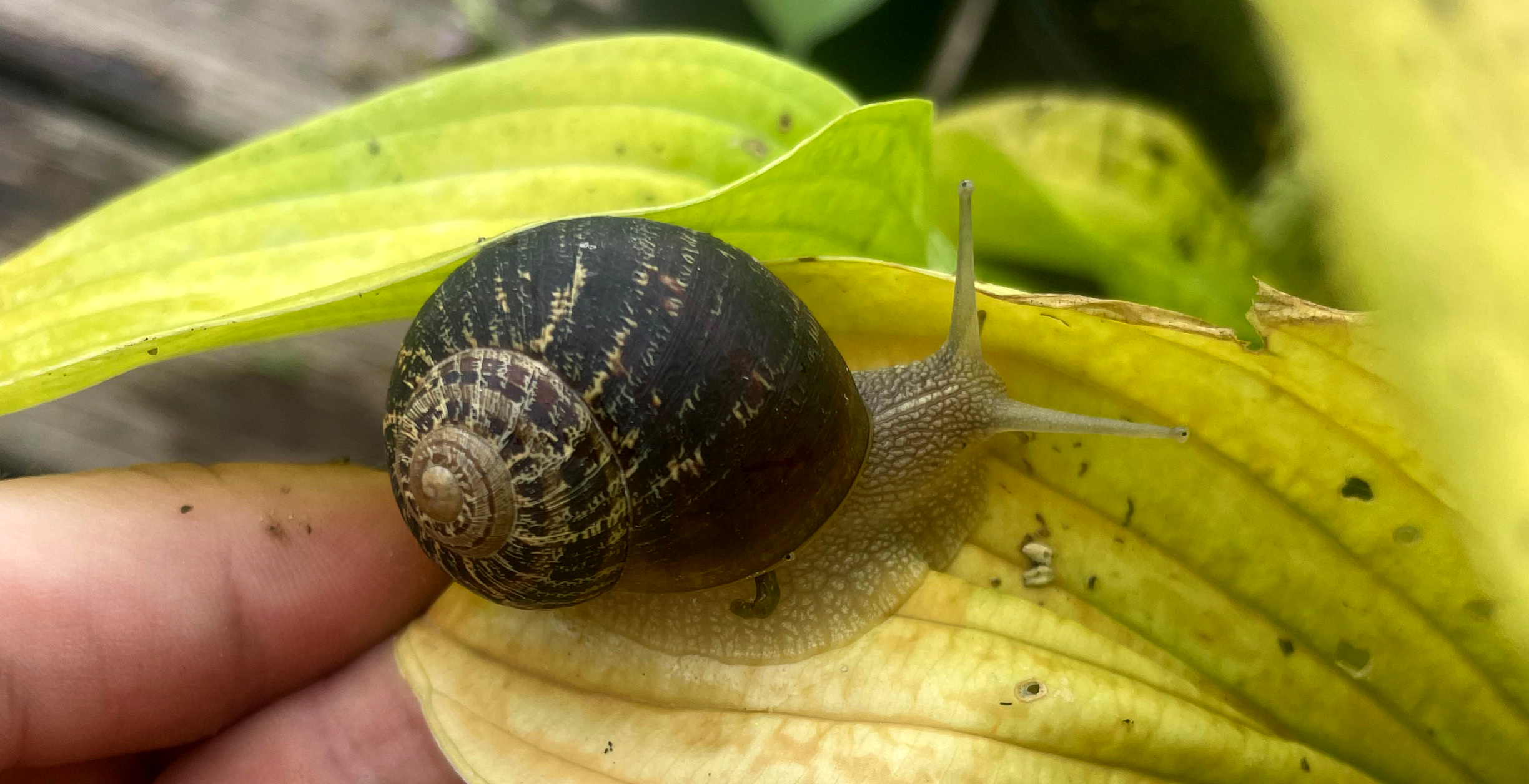
What kind of plants do they like to eat? Anything. They don’t discriminate. However, they usually nibble on the tender leaves and stems of seedlings.
The big question is, what’s attracting them to your landscape? Slugs/snails tend to dry out quickly, so they love wet or damp soil that will keep their jellied mollusk bodies hydrated and happy. If you have incorporated mulch into your job site, that would be another reason why they are taking up residence as mulch tends to retain moisture. Mulch is beneficial for many reasons, so to help with this I would suggest keeping the mulch away from the base of the plants.
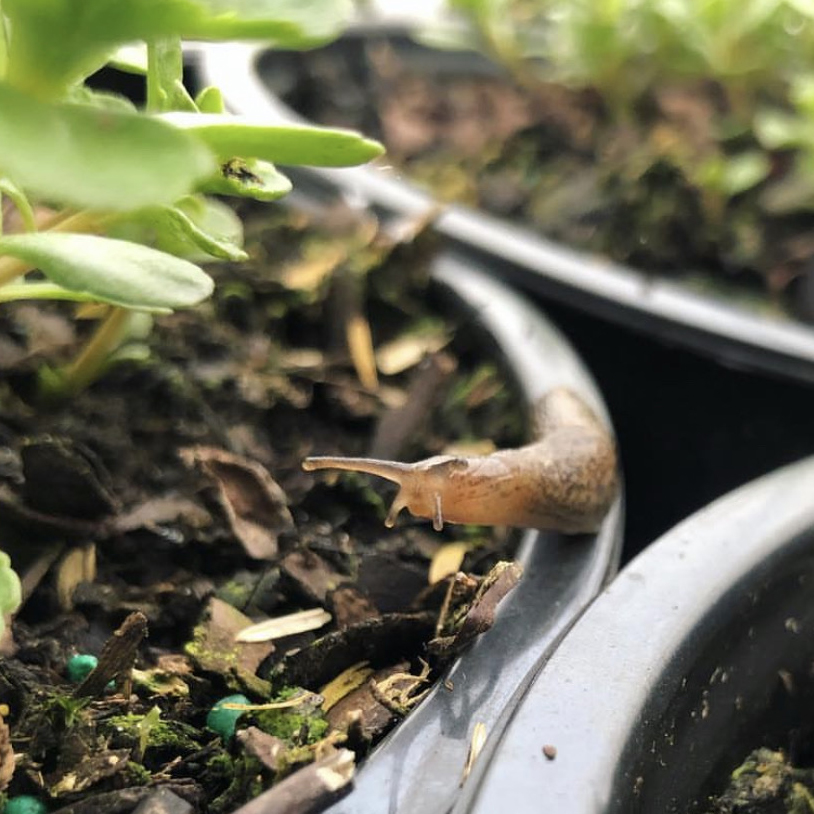
Since their main form of transportation is crawling, their sensitive bodies will avoid rough terrain that will irritate their skin. I would suggest creating a barrier around the plants with natural items such as coffee grounds, wood ashes, sand, or eggshells to repel them while simultaneously fertilizing the plants.
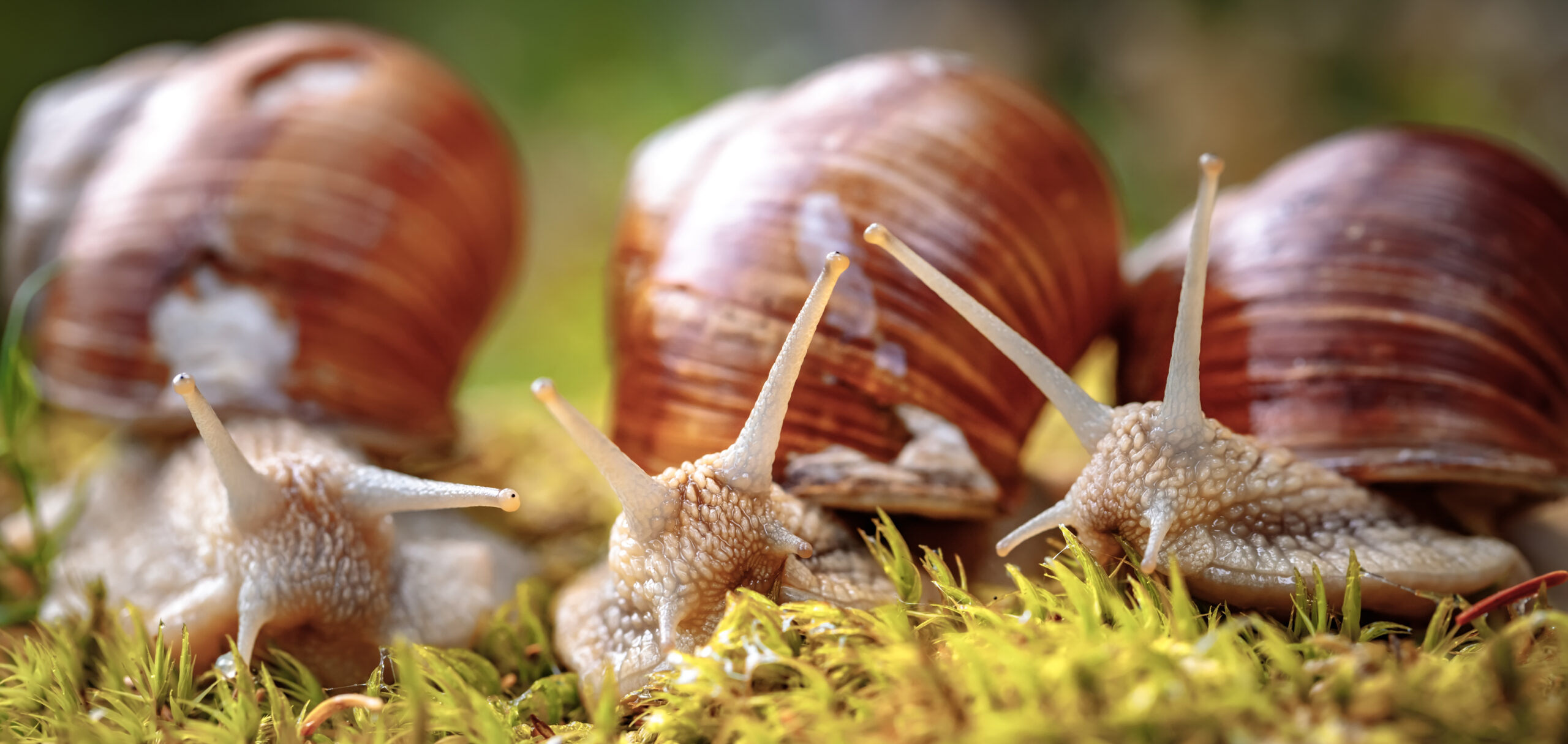
Garden debris is a perfect environment for slugs and snails to thrive in, so cleaning debris quickly after the soil thaws in the spring can help. They also tend to lay eggs in debris as well, as it’s a dark, damp, hidden place. If you are dealing with a slug infestation, it is likely that you will find eggs. They are small, jelly-like balls stuck together in slimy clumps. They vary in color but are usually white or translucent. They will typically hatch anywhere from 2 weeks to 100 days depending on environmental factors. Slugs will breed all year round, but peak months of egg laying are from March-April to September-October. To prevent more generations of slugs, rake and turn over soil in areas that have been untouched. Another method is to pour slightly soapy or salty water on identified slug larvae. This will act as a natural poison without harming your plants in the process. You could also simply pick them up using a glove and discard them that way.
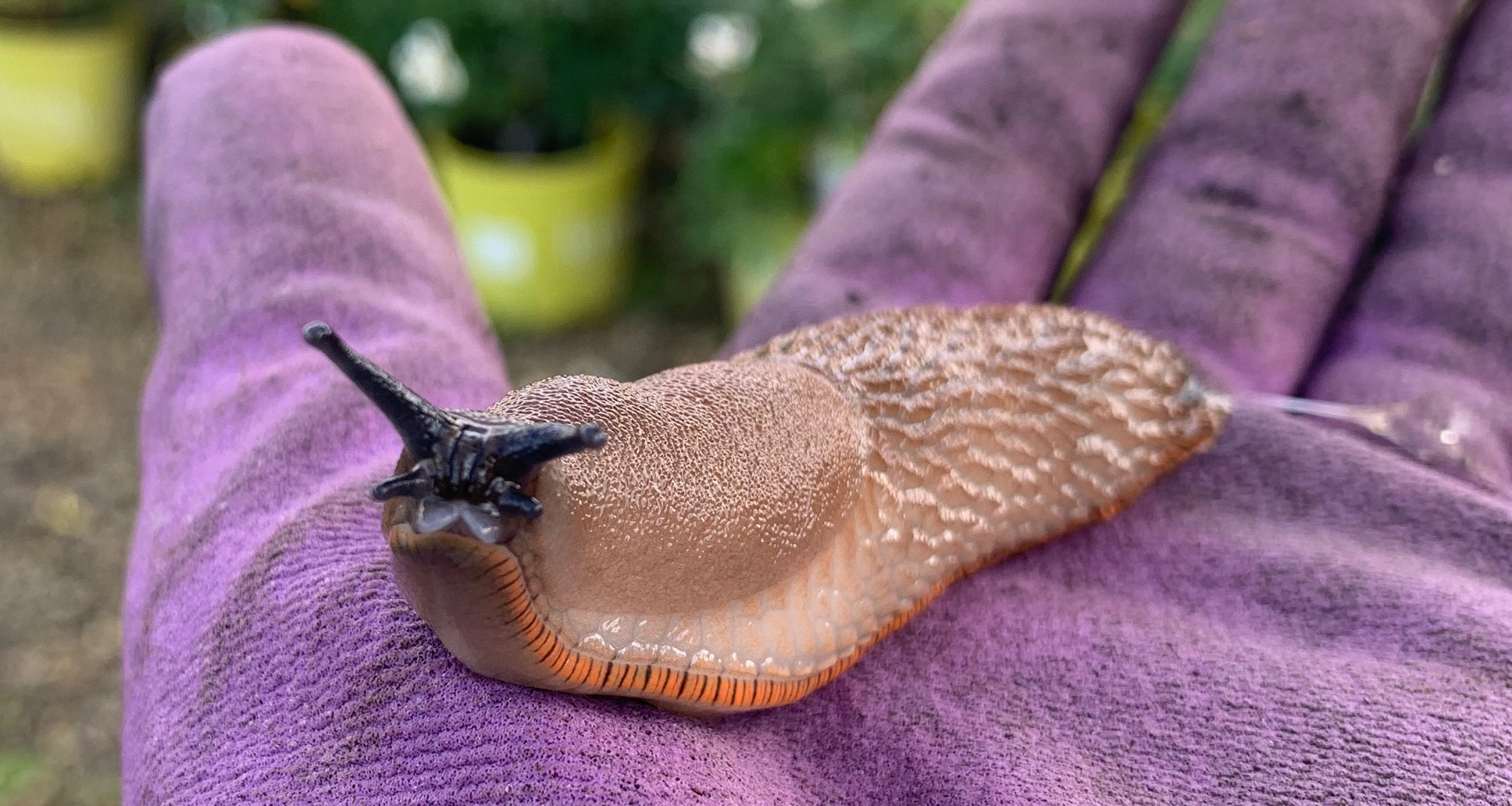
While I personally love slugs and snails, not everyone shares the same enthusiasm. If you run into some of our mollusk friends this season, hopefully you find some of these tips helpful to safely discard them from your job sites while maintaining the safety of the plants.

